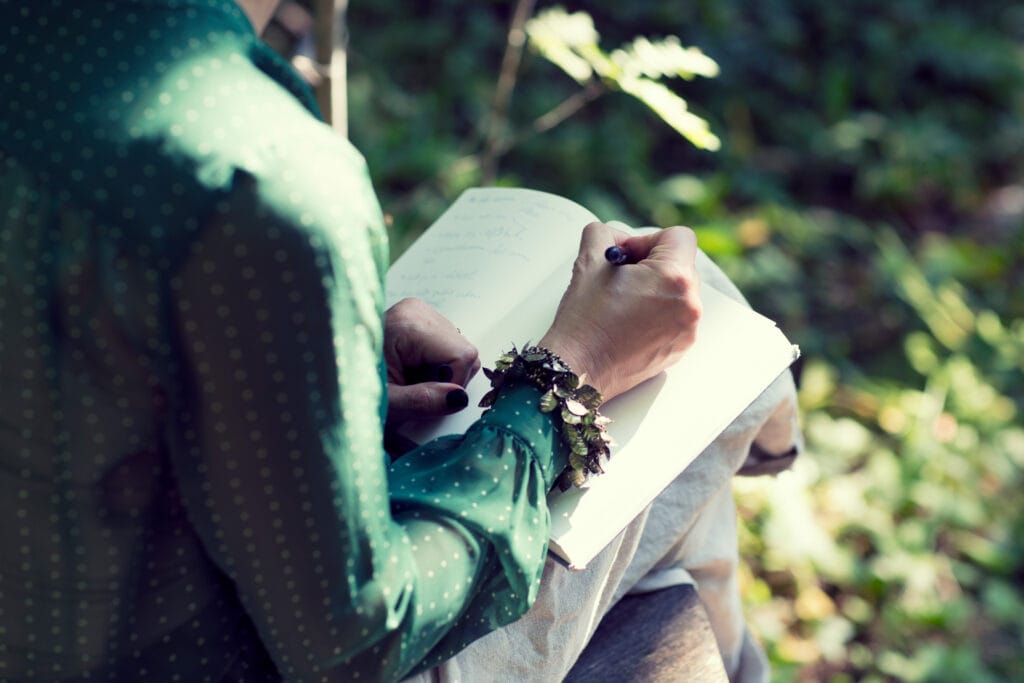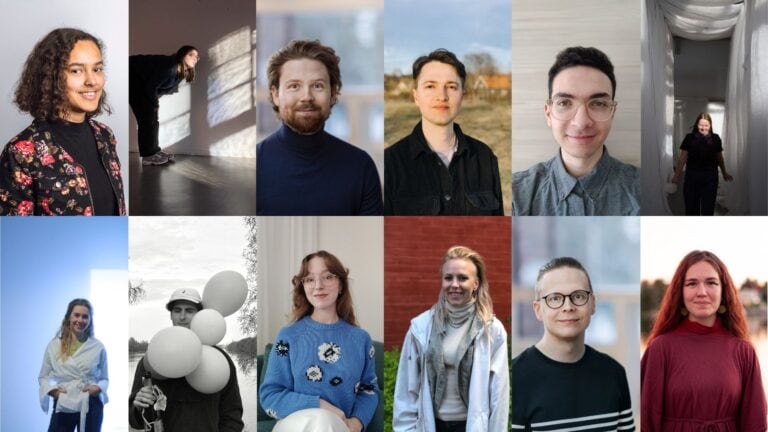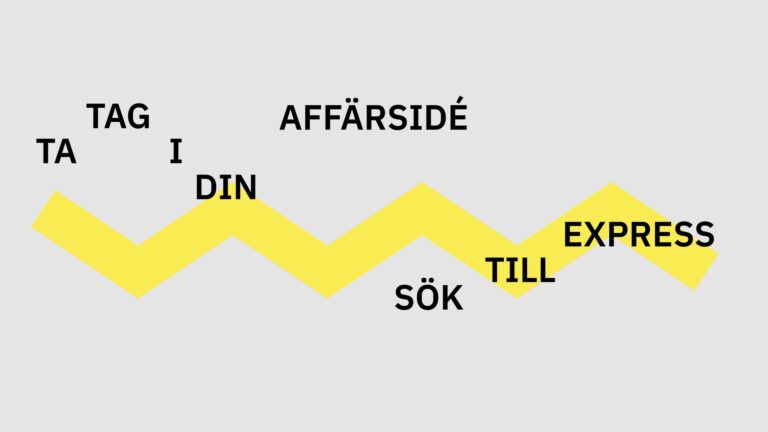As we get older, many people lose the ability to use their creative language as a tool to process experiences, events and unhealed wounds. This is according to author Anna Sundström Lindmark, who has refined her "Healing Writing" method over the years. She recently launched a new digital tool that allows more people to rediscover this forgotten skill.
I think almost everyone has access to their own healing writing process, but through life we learn other ways of using language and we are hampered by constantly having an external gaze on us.
Author Anna Sundström Lindmark wants to change this. During the autumn, she launched her new digital service "Do it seriously and do it at play", which is based on over fifteen years of experience in writing and healing combined.
Anna explains that it was at some point during her time as a journalist that her own capacity for healing writing more or less disappeared.
It was an environment where quick results were required. There was never an 'I' in the texts; everything was written for a recipient. There was no room for personal reflection.
Anna says she lost part of herself during that period. But by embarking on her own healing process, she would reclaim her creative writing and in doing so lay the foundation for the method that has now supported over a hundred people.
A new approach is emerging
In 2010, Anna began work that would result in the book "In the Shadow of a Genius", which is her story about her grandfather, the inventor and entrepreneur, Alvar Lindmark.
In order to tell the story, it became clear that an unhealed family wound needed to be addressed - her father's suicide. Previously, Anna had been able to find support in her writing process, but now she realised that something was getting in the way.

Here began the journey of rediscovering writing that was without barriers, watchful eyes and silent critics.
I needed to find my way back to looking from me, not at me. During this time I began to realise that this was my way of healing.
It wasn't just her way of healing. It turned out that more people could find comfort, processing and enlightenment by writing in a way that left the floodgates open. It was thanks to a cultural grant that Anna was given the opportunity to develop a course where more people could try her process.
The method evolved during the time I held the courses. There I was able to use my own experience to refine the content and find what worked for a group.
The external gaze
An important part of the method is not to judge what is written, but only to allow what needs to be expressed in raw text. It became a special challenge when the course participants shared their process with the rest of the group.
When we shared our texts with each other, we read them aloud. The rule was that we who listened were not allowed to analyse, judge or even praise. It felt so uncomfortable, because we are always looking for external confirmation. But it can be important to practise a different way of writing. Where the texts can just exist and be what they are.
The idea that we write and create for the sake of someone else is something Anna often returns to. The "external gaze", as she calls it, is a critic that blocks the creative flow and our ability to connect to a universal forward movement.
Healing writing is about creating, so it has to be raw and messy sometimes. It is in the unfiltered that we can deeply connect with our creativity and through it create the possibility of healing. To get there, we need to practise letting go of the reins, and I hope I can be a support in that.

Fact box:
Born: 1975
Live: During the week in Umeå and on weekends in Sikeå, a small village by the sea in the municipality of Robertsfors.
Family: Husband, two children and Pippi (a happy, wise and old bearded collie).
Weaknesses: Really bad at small talk.
Strengths: I am not afraid of crying people. I dare to ask how it is.
Getting angry with: Prejudice, abuse of power.
Getting excited about: Kindness.
Eats: Vegetarian.
Drinkers: Too much coffee.
PHOTOGRAPHER: Andrea Lind






